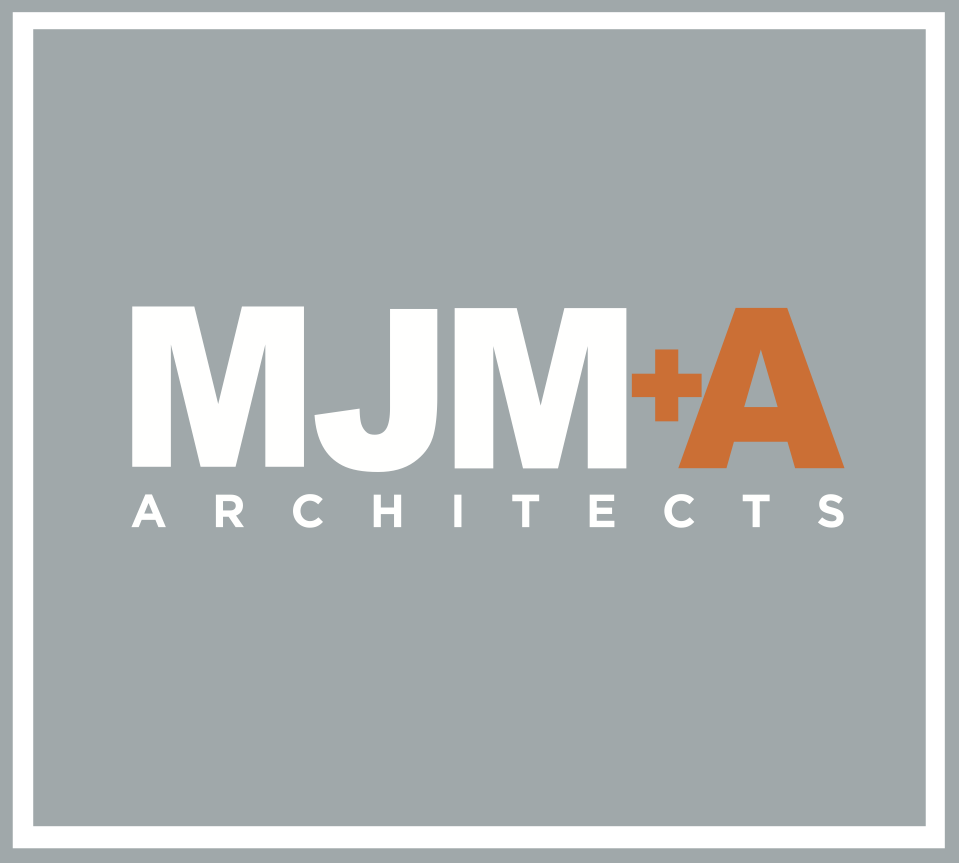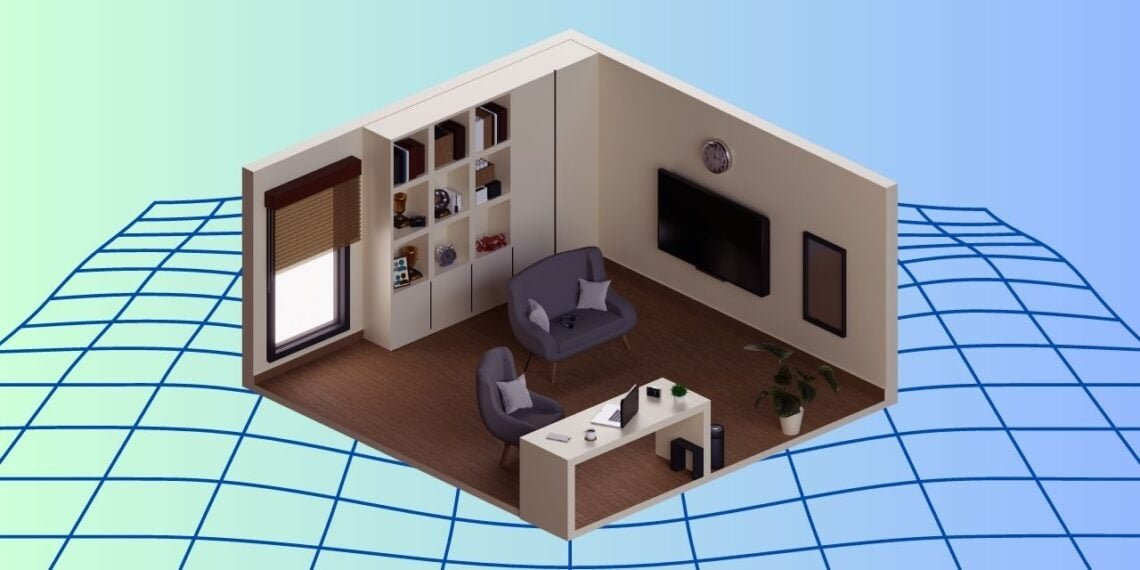We’ve touched on the proliferation of Artificial Intelligence with regard to Architecture in previous blogs. How it may never replicate the craft and aesthetic supplied by the human brain, with all of its emotional firepower. However, in terms of the functionality of the space from a workflows standpoint, and the ability to create spaces that are environmentally sound, the potential of AI is limitless. In this article these attributes are discussed and the conclusions are fascinating.
FROM WORK DESIGN MAGAZINE / BY MICHAEL SCHROEDER
While still in its early stages, AI is rapidly advancing in ways that will lead to compelling design assist tools that, by effect, will entirely restructure our workflows.
Schroeder expects his type of design assist technology will spill over into other key aspects of the design process, such as generating 3D models from sketches and instantaneously creating floor plans and floor plate designs.
What’s arguably the most important part of AI’s integration into this industry is the potential it holds to deliver more sustainable, eco-forward buildings at a broader scale; ranging from providing better energy conservation and management to achieving net zero and carbon neutrality more readily.
With the ChatGPT frenzy prompting a surge in curiosity over AI’s role in our future, I couldn’t help but recognize that AI is already all around us; inserted into our day-to-day life by way of customer service chatbots, autocorrect, search recommendations, and facial detection and recognition when we open our iPhones.
Though, I was excited to see how this craze shed light on another alluring truth; AI is on the precipice of transforming the entire workforce in ways we’ve never seen before, and its potential to do so — particularly in the architecture and design industry — is enormous.
Image by SGA
How will AI Impact Architecture & Design?
As someone who loves to discover and invent new technologies, the incorporation of AI into the architecture, engineering and construction (AEC) field has fascinated me for some time now. While still in its early stages, AI is rapidly advancing in ways that will lead to compelling design assist tools that, by effect, will entirely restructure our workflows. An example we can expect to see this in is rendering generation.
As a fundamental part of the design process, this traditionally requires architects to deliver photo-realistic renderings by setting up environments, editing material properties, and adding in elements like lighting, people, and furniture. However, as we advance and train on more data, AI will open pathways for these images to be effectively generated through text prompts, creating a sensation of talking to another person that can adjust the output to your liking, instantly.
Beyond the significant achievements in efficiency, it will also democratize the process, opening the door to who can assist with visualization, and in turn, create new opportunities within a company.
Image by SGA
Further, we expect to see this type of design assist technology spill over into other key aspects of the design process, such as generating 3D models from sketches and instantaneously creating floor plans and floor plate designs. With a massive historical repertoire of different ways to think about floor plates, we can train AI to think through this information and use these tools very effectively, like for generating detailed solutions on how to optimize airflow and circulation in a space, for example.
When it comes to fit-planning, AI may also help generate initial design options, conceptual solutions, and massing studies more efficiently and accurately. Whether it’s optimizing ductwork routing, finding the shortest runs for electrical, or making the best use of natural light, AI will lead to significant savings across the many disciplines involved in design and even in operations.
Though, what could be its most compelling feature is the potential AI has to develop a “digital twin” of a project; an innovation that’s actively being explored. By feeding the clone information while a project is in its construction phase, the digital twin can, for example, simultaneously run predictive analyses about potential safety issues and logistical supply-chain issues. This not only provides invaluable foresight into the success and timeline of a project, but also delivers key information on how we can design better both as a firm and as an industry.
What About the Construction Industry?
On the construction front, robots are already used to perform building scans and review installed conditions to track and measure progress onsite. In this field, AI has the potential to increase safety and security for workers and for the building itself. By tapping into machine learning, potential risks — along with safety hazards on the job site — can be better identified and resolved. AI visual analyses can also be conducted with the use of wearable technology, which can identify schedule deviations, incorrect installations or partially completed tasks.
Image by SGA
What Role Will It Play in Sustainability?
Further, what’s arguably the most important part of AI’s integration into this industry is the potential it holds to deliver more sustainable, eco-forward buildings at a broader scale; ranging from providing better energy conservation and management to achieving net zero and carbon neutrality more readily.
For example, AI could predict whether a decision made in the design process could have detrimental effects on a project’s energy performance. Not only could this be identified automatically, but it could also suggest design solutions that would be appropriate to implement, such as triple glazing, for example.
In contrast, it often takes weeks or months for humans to come to this same assessment, highlighting a gap in the process AI could help bridge. AI will also be able to assist in choosing building materials and products based on their overall environmental impact much earlier in a project’s life cycle. This will also allow for the necessary resources to be allocated in advance to reduce scheduling and timeline challenges.
Image by SGA
Are There Any Risks?
However, while the potential of AI in the AEC industry is vast, it is crucial to understand its limitations. One of the primary challenges of AI integration may be interpreting building codes. Applying building codes is a complex task that involves understanding and using a set of rules and regulations that are often highly technical and specific to a particular location or jurisdiction. AI must interpret the language used in the codes, as well as the intent behind the rules, and may struggle with technical terminology and may need help interpreting local provisions.
It’s important to understand that AI can make mistakes, too, which is primarily because these systems require a tremendous amount of accurate data to be useful. AI will become a more helpful tool in the AEC industry once we have more data to train on. However, this brings the topic of data ethics to the forefront — something that will affect all industries as AI becomes more immersed within our workforce. This poses important questions surrounding who owns the data, who has access to it, where it comes from and how it’s bought and sold by third parties.
On the regulatory side, Europe has begun working on ways to manage and regulate AI, while the U.S. is beginning to explore this. Another point on the ethics spectrum is evaluating the data’s trustworthiness. If the data the AI was trained on is fundamentally flawed, what you’re going to get out will include errors that are hard to detect. The challenge ahead is to gather and vet the necessary data and refine AI algorithms to produce trustworthy results.
Image by SGA
The Bottom Line
Needless to say, it’s undeniable that when it comes to the AEC industry, AI holds the promise of more efficient space planning, reducing material waste, providing cost and lead time estimation, alleviating labor bottlenecks, cutting down time spent on mundane tasks, improving the project delivery process, and so much more.
Whether it’s better predicting costs and accurate construction timelines, assessing design decisions relating to energy performance, or even creating beautiful, outward-facing designs that also balance all building constraints, it’s clear that the future of AI in the AEC industry is bright, and we look forward to seeing how it will continue to revolutionize the way we all work.






